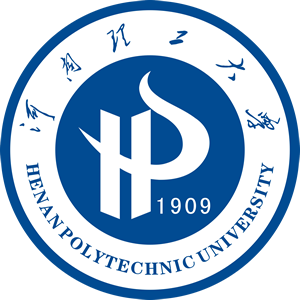
地址: 河南省焦作市高新区世纪路2001号[454000] Tel: 0391-3987069 E-mail: zkxb@hpu.edu.cn,skxb@hpu.edu.cn |

请您访问
|

社会科学版
|
| 供稿: 苏全有 | 时间: 2019-04-22 | 次数: |
作者:苏全有
作者单位:河南师范大学历史文化学院
摘要:清末学田出现了危机,对此政府采取了三项举措,一是劝置学田,主要是四川为代表,并落到了实处。二是查办学田案,包括侵夺学田及学田纠纷两类,其数量之多也体现了清政府对解决学田问题所做的努力。三是拨田和学田充费,拨田就是划拨田亩作为学田,或将学田的收入划拨为教育发展经费;学田充费就是将原来的学田作为新兴学堂的经费,以免资源流失。在今天看来,清政府的应对手法并无大碍,只是效果不佳。民国时期,学田危机仍然存在。
DOI:10.16698/j.hpu(social.sciences).1673-9779.2019.01.015
分类号:K252
On the crisis response of school-owned fields in the late Qing Dynasty
SU Quanyou
School of History and Culture, Henan Normal University
Abstract:For the school-owned field crisis in the late Qing Dynasty, the government had taken three measures. One is to advise to buy more fields, mainly implemented in Sichuan. The second is to investigate the crime cases concerning school-owned fields, including the illegal occupying and field disputes, the large number of which reflects the efforts Qing government had made. The third one is field allocation and field serving as education funds. Field allocation means the allocation of new land as school-owned field, or the allocation of income from school-owned fields as education funds; field serving as education funds means that the original field was taken as a new school funding, so as to avoid the loss of resources. It seems that the countermeasures taken by the Qing government were appropriate, but ineffective. The crisis still existed during the period of the Republic of China.